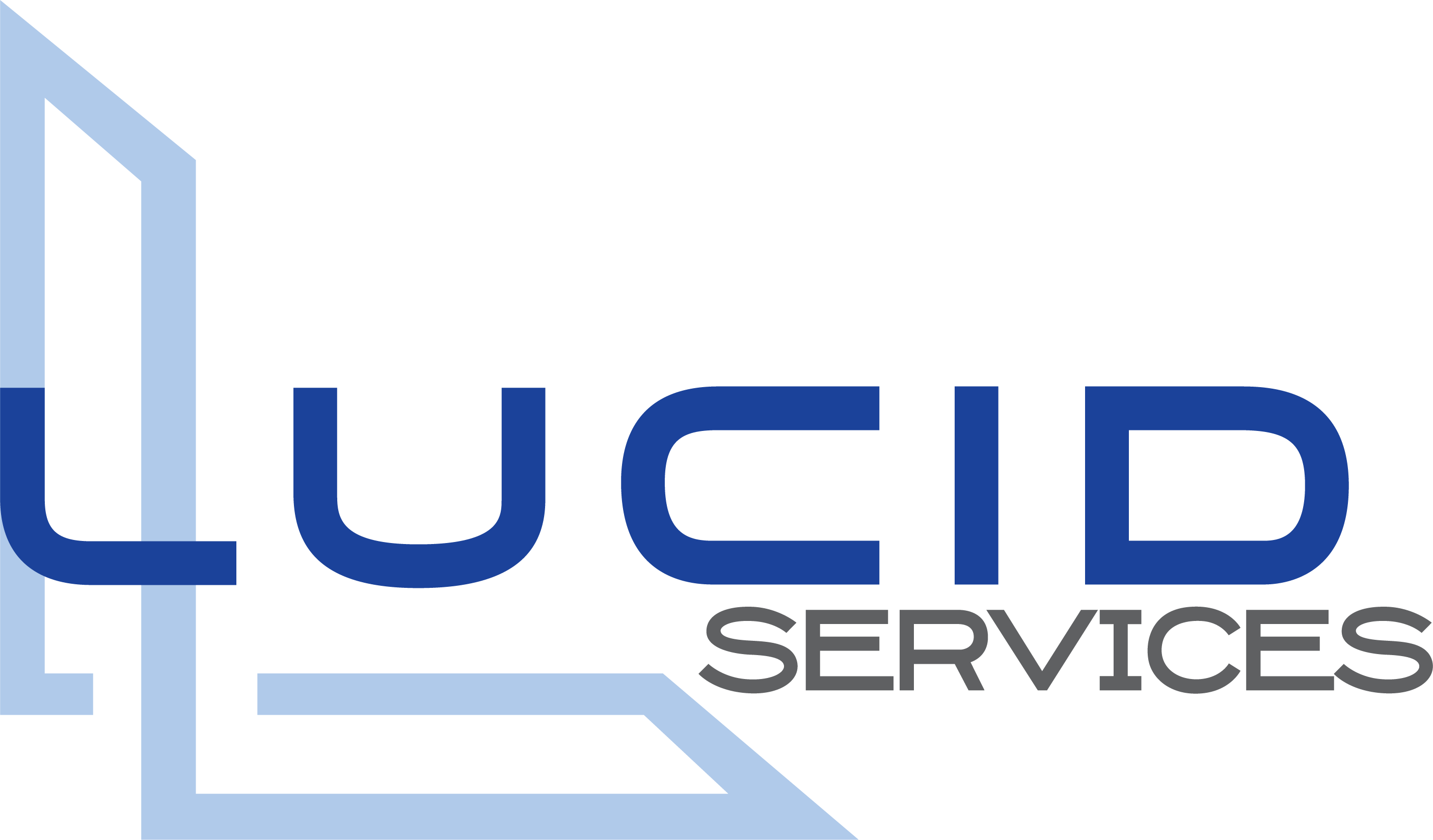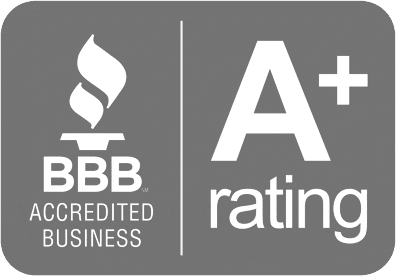
As summer fades and fall approaches, commercial property managers and building owners should take the time to assess the condition of their roofing systems. High heat, UV exposure, and summer storms can all take a toll—especially in regions like Houston, Dallas, and across Texas where the weather can be especially harsh.
Overlooking early warning signs can lead to costly repairs, interior damage, and operational disruptions during the fall and winter months. Here are eight signs that your commercial roof may need attention before fall weather sets in.
1. Standing Water or Poor Drainage
Flat and low-slope roofs are especially vulnerable to ponding. If water remains on the surface more than 48 hours after a rain, it’s a red flag. This can signal drainage issues, low spots in the insulation, or blocked internal drains—all of which increase the risk of leaks and structural damage.
2. Blistering, Cracks, or Surface Deterioration
Roof membranes degrade over time, especially under extreme Texas sun and heat. Look for surface cracks, blistering, punctures, or exposed reinforcement layers. These are clear signs the protective barrier is breaking down and repairs are needed to prevent water infiltration.
3. Open or Damaged Seams
On single-ply systems like TPO, PVC, or EPDM, seams are one of the most common failure points. If they are lifting, separating, or appear worn, your waterproofing integrity is compromised—especially dangerous going into a season with higher wind and rain.
4. Failing Flashing Around Equipment and Penetrations
Commercial roofs typically host HVAC units, vent stacks, skylights, and other penetrations. The metal flashing or sealant around these elements often wears out first. Loose or damaged flashing is one of the top sources of leaks.
5. Interior Signs: Stains, Mold, or Moisture
Water damage inside your facility—on ceilings, walls, or around skylights—is often the first visible clue of a roof issue. Don’t wait until interior materials are damaged or mold starts forming. A roof inspection should follow immediately.
6. Roof Debris and Clogged Drains
Debris like leaves, trash, and tree branches can clog scuppers, gutters, or internal drainage systems. Poor drainage accelerates roof deterioration and increases the load on your structure. Keep your drainage systems clean and flowing.
7. Rising Energy Costs
If your building’s energy bills are increasing, your roof insulation or membrane could be compromised. Heat gain through degraded roofing systems forces your HVAC system to work harder—especially common in aging commercial roofs.
8. Roof Age and Maintenance Gaps
Most commercial roofs have a life expectancy of 15–25 years depending on the system. If your roof is nearing that age and hasn’t had regular inspections or maintenance, it’s much more likely to develop performance issues—especially under seasonal stress.
Why Pre-Fall Inspections Matter
Fall weather in Texas can bring heavy rain, wind, and temperature swings. Catching and addressing problems now prevents larger failures later. For commercial facilities, this isn’t just about the roof—it’s about protecting your operations, assets, tenants, and customers.
Proactive Maintenance Is Protection
Facility downtime, interior damage, insurance claims, and emergency repairs all cost far more than scheduled maintenance. Smart commercial property managers know that regular inspections—especially before seasonal transitions—are essential to long-term asset preservation.
Lucid Services proudly serves commercial, industrial, and multifamily clients throughout Houston, Dallas, and across Texas. Our team is experienced in all major flat and low-slope roofing systems and understands the unique demands of commercial properties.
Need an inspection or consultation? Our experienced commercial roofing specialists are ready to help assess and protect your building—before fall puts it to the test. Contact us for a professional inspection today.


